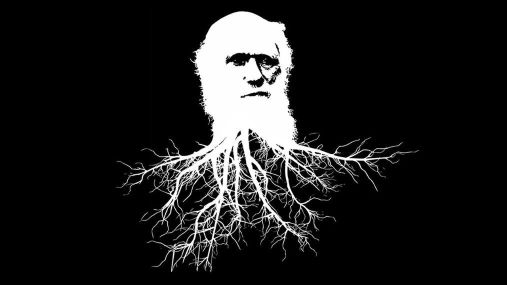 Professor Tomasso Pizzari
Professor Tomasso Pizzari
Department of Zoology
University of Oxford
Profile page
The polyandry revolution
Abstract
The realisation that in most sexually-reproducing organisms females can obtain semen from multiple males (polyandry) is rapidly revolutionising our understanding of sexual selection at multiple levels. In this talk I will use theoretical arguments to illustrate some of the mechanisms through which polyandry modulates the operation of sexual selection, and will present supporting empirical evidence from a vertebrate and invertebrate model systems, the red junglefowl and the fruit fly, Drosophila melanogaster, respectively.
 Professor Charlotta Kvarnemo
Professor Charlotta Kvarnemo
Department of Biological and Environmental Sciences
University of Gothenburg
Profile page
The many mysteries of monogamy
Abstract
Why do some animals mate with one partner rather than many? In my talk, I review factors related to 1) need for parental care, 2) habitat limitation, 3) mate availability and 4) time constraints, to see what support can be found regarding their importance in explaining the occurrence of monogamy, whether shown by one sex (monogyny or monandry) or by both sexes (mutual monogamy). Focusing on reproductive rather than social monogamy whenever possible, I review the empirical literature for birds, mammals and fishes, with occasional examples from other taxa. I find that each of these factors adequately explain mating pattern in some taxa, but not in all. The factor that shows greatest support across taxa is habitat limitation. In contrast, while a need for parental care might explain monogamy in freshwater fishes and birds, there is clear evidence that this is not the case in marine fishes and mammals. Hence, reproductive monogamy does not appear to have a single overriding explanation, but is more taxon specific. A common expectation is that monogamy leads to no or little sexual selection. However, sexual selection can be substantial also under mutual monogamy, and both sexes can be subject to such selection. I provide an example of sexual selection under monogamy from my own work on the Western Australian seahorse. Overall, despite much research on genetic mating patterns, reproductive monogamy is surprisingly poorly understood and more work of experimental and comparative nature is still needed.
